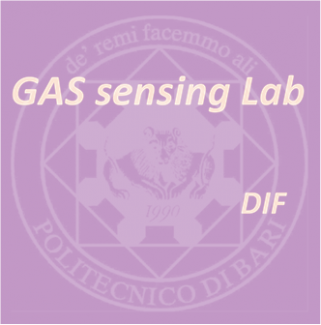GAS sensing Lab
The activities of the GAS sensing lab will be focus on the research and development of innovative optical gas sensing systems.
The detection and measurement of trace gas concentrations is of importance in a variety of applications, including environmental monitoring of greenhouse gases, disease diagnosis, industrial process control analysis, and detection of toxic and flammable gases. The GAS sensing Lab has extensive experience with the quartz-enhanced photoacoustic spectroscopy (QEPAS) technique, which uses a quartz tuning fork (QTF) as a detector for photo-acoustic signals. Using QEPAS, extremely small concentrations of potentially harmful gases (a few tens of parts per trillion) can be measured.
Leveraging this background, the GAS sensing Lab will focus its activity on the further development and implementation of novel gas sensing techniques and the realization of highly sensitive QEPAS trace-gas sensors.
The GAS sensing lab will endeavor to design and produce QTF designs, optimized for different operation conditions. These QTFs will be incorporated into jointly-designed acoustic detection modules to produce sensor prototypes for highly sensitive real-time measurements. The end goal is to provide portable solutions for in situ and real-time gas detection, leading to advancements in breath analysis, environmental monitoring, leaks detection, hydrocarbon gas sensing, and monitoring of toxic gases and explosive precursors
